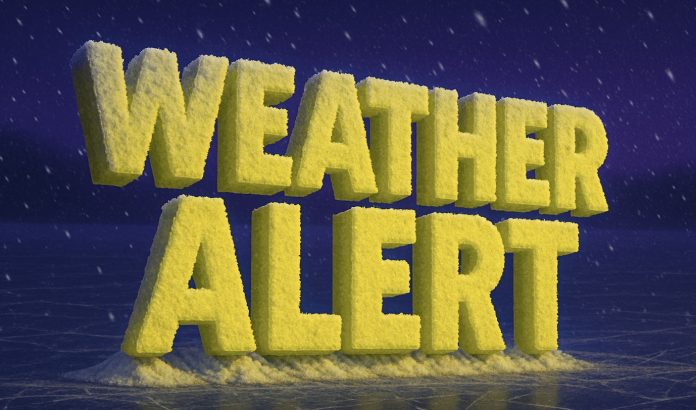Phoenix, Ariz. – Residents across the Desert Southwest should prepare for a winter that may alternate between dry stretches and abrupt storm events, as forecasters warn that ENSO-neutral conditions will dominate this season.
The National Weather Service says weak La Niña is expected to fade, leaving Arizona, New Mexico, and Nevada without the strong steering patterns that help guide storm tracks. That leaves winter outcomes highly variable — a concern for both urban areas like Phoenix and Albuquerque and mountain regions across Utah and northern Arizona.
Las Vegas, Phoenix, and Tucson may see long periods of dry weather, but forecasters caution that strong Pacific storms could still cut through, bringing rare soaking rains or desert snow. Albuquerque, Flagstaff, and Santa Fe are more likely to see bursts of heavy snowfall when systems align with colder air.
For water managers, the uncertainty complicates planning. Reservoirs in Arizona and New Mexico depend on mountain snowpack, but past neutral winters have delivered both above-average snow years and dangerously dry ones. Ski resorts in Utah and northern Arizona also face unpredictability in snow cover, with short but powerful storms sometimes replacing steady accumulation.
Meteorologists highlight short-term “wild cards” like the Madden-Julian Oscillation, which can temporarily strengthen Pacific storms, or the Arctic Oscillation, which can send cold air plunging into the region. These factors typically change every few weeks, making week-to-week forecasts more important than seasonal outlooks.
Residents should be ready for sharp swings: a mild January in Las Vegas could be followed by a February snowstorm in Albuquerque. Travelers are urged to monitor mountain passes and prepare for icy roads when storms strike.





